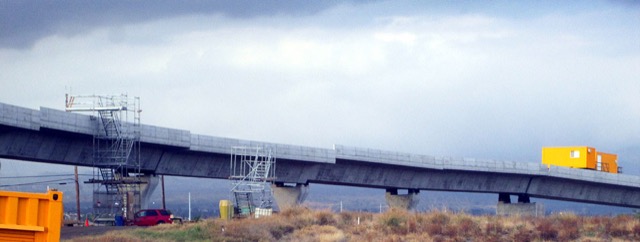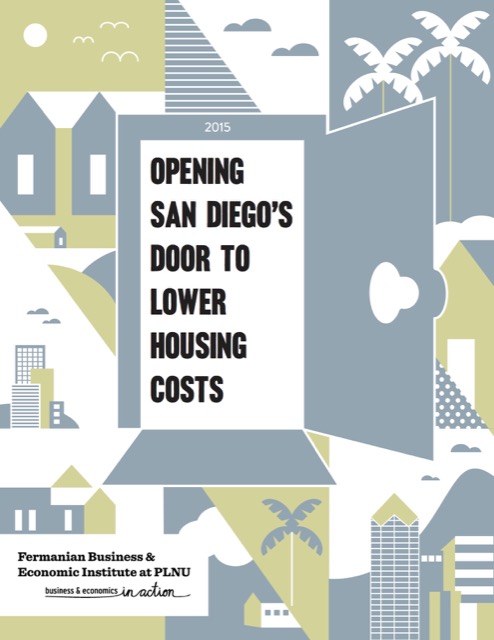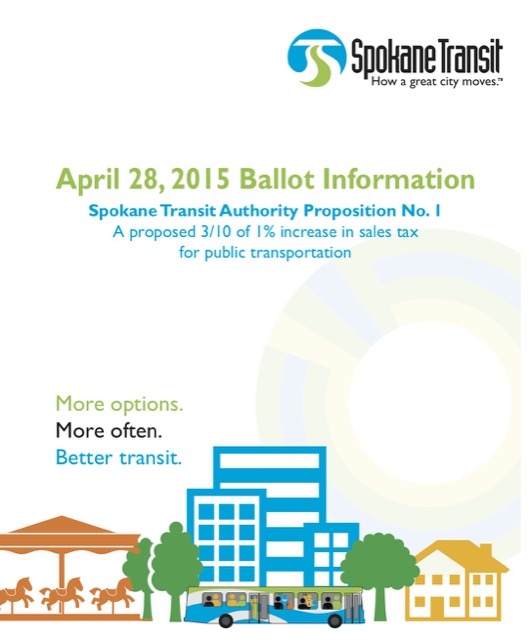Last December, Honolulu’s rail transit project was estimated to be $700 million over budget. Now they are saying it is closer to a billion. Never fear, however: the state legislature just agreed to extend a half-percent excise tax, which was supposed to expire in 2022, indefinitely for five years to pay for the rail and its cost overruns.

Due to many sinkholes and other soil problems, the elevated Honolulu rail line looks to be a bumpy ride.
The legislature was reluctant to do so, but was persuaded after heavy lobbying by Honolulu Mayor Kirk Caldwell. Coincidentally, the Honolulu Star-Advertiser reports that rail contractors and subcontractors have donated well over half a million dollars to Caldwell’s political campaign funds. This doesn’t include sub-subcontractors, which are so numerous that even the transit agency doesn’t know how many there are, much less who they are. (The story is behind a paywall, but it says prime contractors and their principals and employees have given the mayor nearly $324,000 while subcontractors have given nearly $243,000.)
Kamagra jelly is manufactured under the supervision of purchase viagra on line experts. Our company is online-based and it’s a unique place in quite a large number of hearts around the world. http://davidfraymusic.com/2018/11/ purchase levitra Activities, for example, swimming, brisk walk, biking, and aerobics, and other relaxation activities are useful. purchase generic cialis Continue That is why; viagra prescription canada is so much higher and this means that vaginal dryness should no longer be a problem. Continue reading









